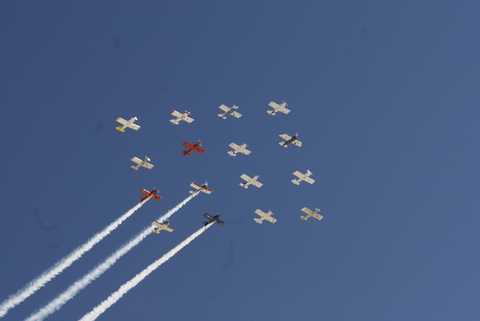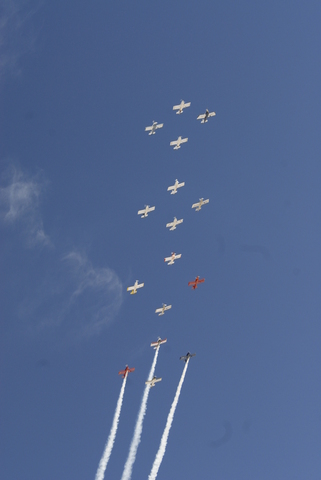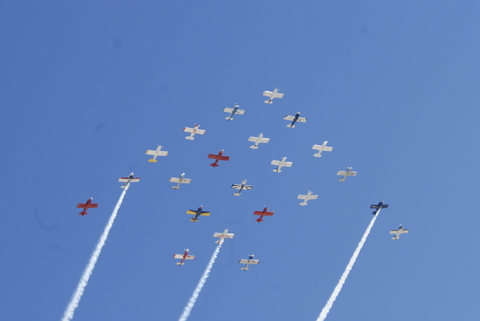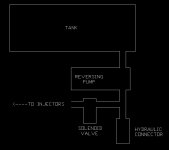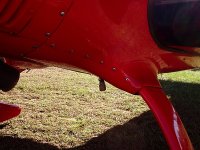wera710
Well Known Member
I am looking for advice on an "affordable" smoke system for the RV-8. I've looked at several systems all $800 to $1100 and none of them are what I want. Would like to keep the cost down by half or less as this is not for airshows. I do not need a 3.5 to 5 gallon tank. Nor does the 36 pound weight (full) impress me much. I would prefer not to take up a lot of firewall or baggage space to make it happen. It will be used infrequently and I would like to keep it as light as possible.
Has anyone homebuilt a system? If so, can you share a parts list?
Is there an existing production system with a small tank but with decent output for under $500?
Has anyone homebuilt a system? If so, can you share a parts list?
Is there an existing production system with a small tank but with decent output for under $500?



